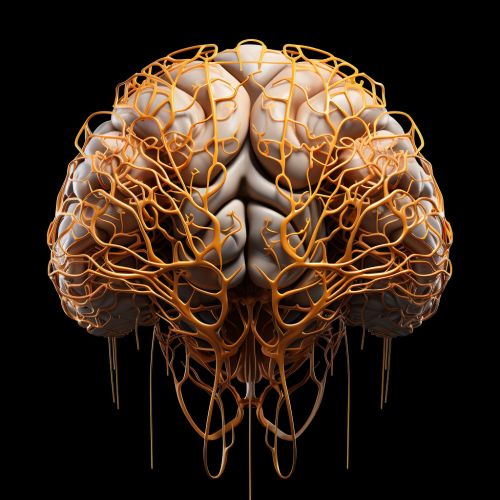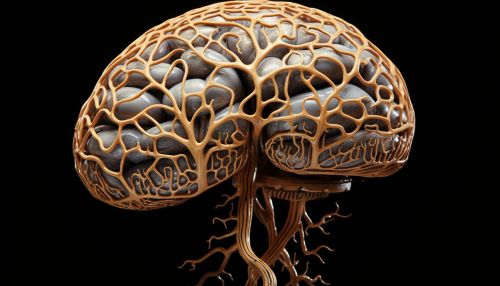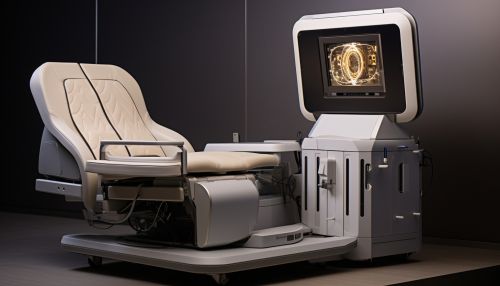The Science of Human Cognitive Neuroscience
Introduction
Human Cognitive Neuroscience is a branch of neuroscience that focuses on the neural mechanisms underlying human cognition. It is a rapidly evolving field that combines elements of psychology, biology, neurology, chemistry, and even philosophy to understand how humans perceive, think, and interact with the world around them. This field of study is primarily concerned with the interactions of the brain and its various subsystems, and how these interactions give rise to our cognitive abilities and behaviors.


History of Human Cognitive Neuroscience
The history of Human Cognitive Neuroscience can be traced back to the early 19th century, with the work of pioneers such as Paul Pierre Broca and Carl Ludwig Wernicke, who made significant contributions to our understanding of the brain's role in language and communication. However, it was not until the late 20th century that the field began to take shape as a distinct discipline, with the advent of advanced neuroimaging techniques such as functional magnetic resonance imaging (fMRI) and positron emission tomography (PET).
Cognitive Processes and the Brain
Human Cognitive Neuroscience seeks to understand how the brain supports various cognitive processes, such as perception, attention, memory, language, and decision making. Each of these cognitive processes is associated with specific regions of the brain, and their interaction forms the basis of our cognitive abilities.
Perception
Perception refers to the process by which we interpret sensory information to understand our environment. This involves several stages, from the initial detection of sensory stimuli by our sensory organs, to the interpretation of this information by our brain. The visual cortex, auditory cortex, and somatosensory cortex are some of the key brain regions involved in perception.


Attention
Attention is the cognitive process that allows us to focus our cognitive resources on specific stimuli, while ignoring others. The frontal lobe and parietal lobe of the brain play a crucial role in controlling our attention.
Memory
Memory is the cognitive process that allows us to encode, store, and retrieve information. The hippocampus and prefrontal cortex are key brain regions involved in memory.


Language
Language is a complex cognitive process that involves understanding and producing spoken and written words. The Broca's area and Wernicke's area are key brain regions involved in language.
Decision Making
Decision making is the cognitive process that involves selecting a course of action from multiple alternatives. The prefrontal cortex plays a crucial role in decision making.
Methods in Human Cognitive Neuroscience
Human Cognitive Neuroscience employs a variety of methods to study the brain and cognition. These include neuroimaging techniques such as fMRI and PET, electroencephalography (EEG), magnetoencephalography (MEG), and transcranial magnetic stimulation (TMS). Each of these methods has its strengths and limitations, and they are often used in combination to provide a more comprehensive understanding of the brain and cognition.


Current Research and Future Directions
Current research in Human Cognitive Neuroscience is focused on understanding the neural basis of various cognitive processes, and how these processes are affected by aging, disease, and injury. Future directions for the field include the development of more accurate and less invasive methods for studying the brain, as well as the application of these methods to improve our understanding of cognitive disorders and their treatment.
